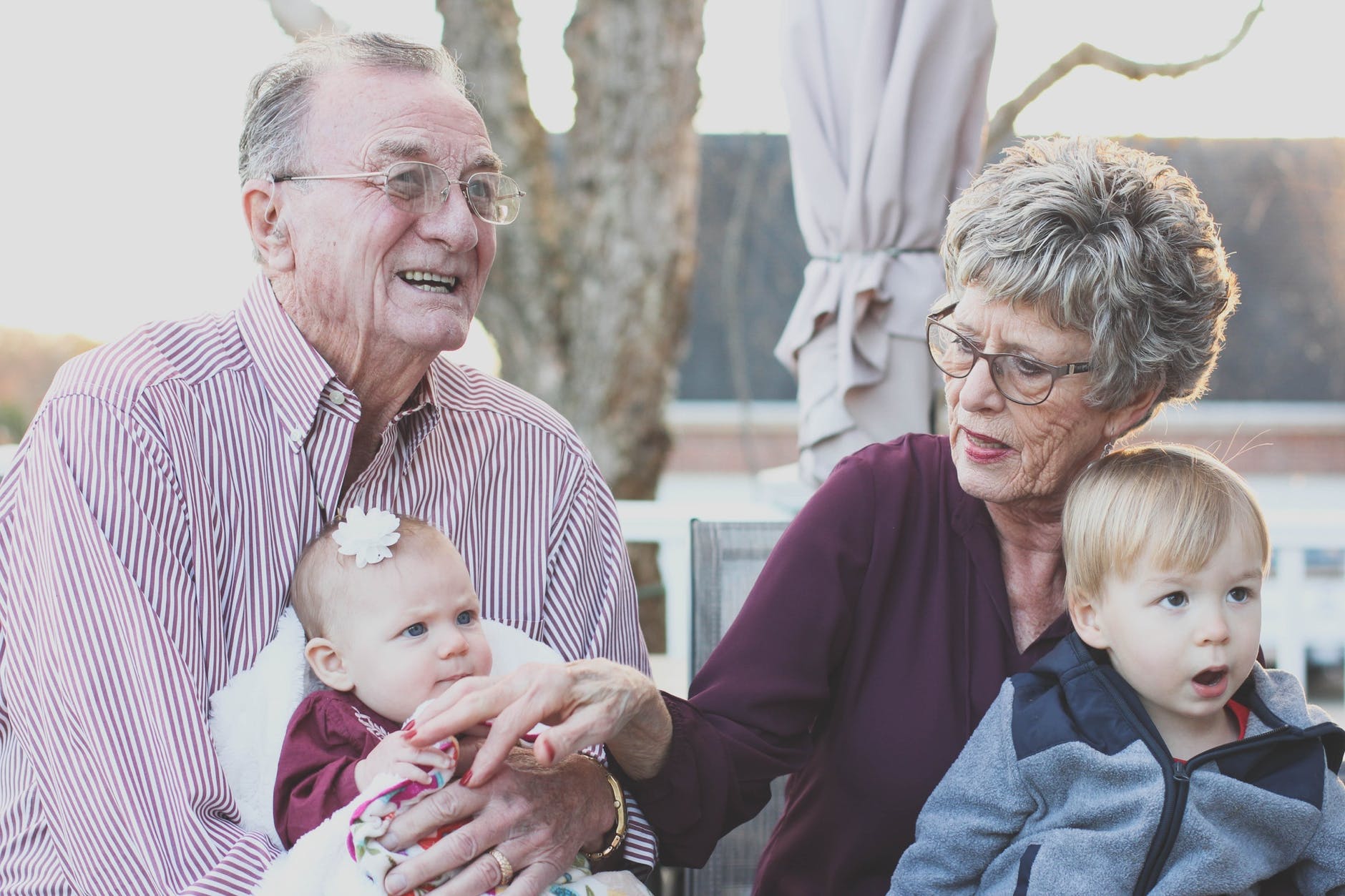 Having good balance is a critical component of healthy aging. Everyday activities such as putting on your shoes, and getting up from a chair require subtle shifts in your body’s weight distribution. A healthy sense of balance allows you to hold your position or move at will during these activities without falling.
Having good balance is a critical component of healthy aging. Everyday activities such as putting on your shoes, and getting up from a chair require subtle shifts in your body’s weight distribution. A healthy sense of balance allows you to hold your position or move at will during these activities without falling.
Why Do I Fall?
Gravity is constantly pulling you downwards, increasing you the tendency to fall if you loose your balance. However your ability to maintain balance prevents this from happening. As the body ages, muscle strength, joint ranges of motion, and reaction times all decrease. As a result, this has a negative effect on your balance control and may lead to a balance dysfunction.
How Bad are Falls for the Elderly?
Falls from poor balance can cause serious and even life-threatening injuries. According to the CDC, accidental falls are the leading cause of death among older adults. Every year, one in three adults over the age of 65 falls, and the risk of falling increases proportionately with age. By 80 years old, over a half of seniors fall annually. Among this age group, falls are the number one cause of fractures, hospital admissions for trauma, loss of independence, and injury related deaths.
Falls account for 25% of all hospital admissions, and 40% of all nursing home admissions. Unfortunately, 40% of those admitted to nursing homes do not return to independent living and 25% die within a year.
These statistics are pretty grim, but there is something you can do about it. Although some believe that limiting activities and becoming more sedentary will stop you from falling, the opposite is true. If you think you can avoid falling as long as you stay at home, know this: The majority of all falls take place inside the home and those who do fall are 2-3 time more likely to fall again.
What Can I Do About It?
Falling is not an inevitable result of aging, and there are steps you can take to improve your balance and decrease your chances of falling.
Studies have shown that attention to certain risk factors, such as impaired balance, can significantly reduce rates of falling. Considerable evidence indicates that the most effective fall reduction programs involve systematic fall risk assessment and targeted interventions.
Additional research reveals that a physical therapist-prescribed exercise program targeting balance and strength can be effective in improving a number of balance and related outcomes in older people with mild balance impairment.
At FYZICAL, we have a comprehensive Balance Program that includes assessment and evaluation programs, balance retraining, and vestibular rehabilitation. Our goal is to improve your balance, motor control, gait training, and help your body compensate for inner ear disorders.
Gait training consists of making sure that your manner of walking is as effective, sure-footed, and safe as possible. A balanced, steady gait helps in the prevention of falls and injuries. Strength, endurance, balance, and coordination are all components of an effective gait. Our certified physical therapists work with patients to help them reach their goal of safe mobility.
Improving your balance can reduce your risk of falling, so make it a priority to get a balance assessment test from your doctor or a certified Physical Therapist.